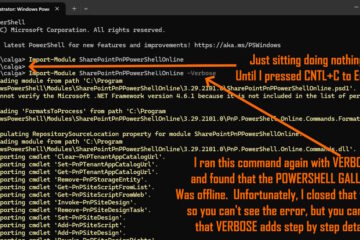Prepared by Ian Matthews April 23 2007 – Updated July 1 2007
There are many ways to make external devices bootable. USB/Flash/Pen/Thumb/Memory Sticks and even real external hard drives are now commonly used as boot devices. The process detailed below can be understood and successfully completed by anyone with basic knowledge of DOS disk commands.
The most famous and easiest to use USB boot software is a free Hewlet Packard tool but the most we could get it to do was make our 4GB USB drive function as a 1.44MB floppy. That’s encouraging but not very useful. You can download this utility from HERE.
Then there are special utilities combined with Windows tools as explained on pages like THIS one. We did not have much success with this process either.
There are even a few tools you can buy, like THIS one, but again, we did not have as much success.
For us, after many hours of testing, the easiest way we made our USB flash Drive bootable was:
- PREAMBLE: Make sure your PC supports booting from a USB flash drive. You have to check with your manufacturer to verify this but as a rule anything produced in 2006 or later likely has this functionality.
- BOOT DISK: Make a standard Windows floppy boot disk using whatever version of Windows you have or download one HERE. You will also need to copy FDISK and FORMAT to that boot floppy, which if you can not find on your PC, you can download for free HERE.
- FORMAT: Partition and Format your USB drive using whatever version of Windows or DOS you have.
- BIOS CHANGE: Boot your PC into the BIOS setup and set the your floppy disk to be the first boot device and set your USB disk to be the second boot device. To get this to work properly you may have to disable or even unplug your existing hard drives.
- FDISK: Boot your PC to your DOS boot disk, then run FDISK to ensure that your USB drive has an ACTIVE PARTITION (option 2 in the FDISK menu) then quit FDISK.
- SYSTEM FILES: At the command prompt type SYS C: (or FORMAT /S C: ) to copy the boot files to the USB drives primary partition.
- MBR: At the command prompt type FDISK /MBR to write a Master Boot Record to the USB drive.
- TEST: Remove the floppy disk and restart your computer. If all goes well, the machine should boot off of your external USB drive.
Much of the above article was based on THIS article which you may find useful if you have further questions.



0 Comments